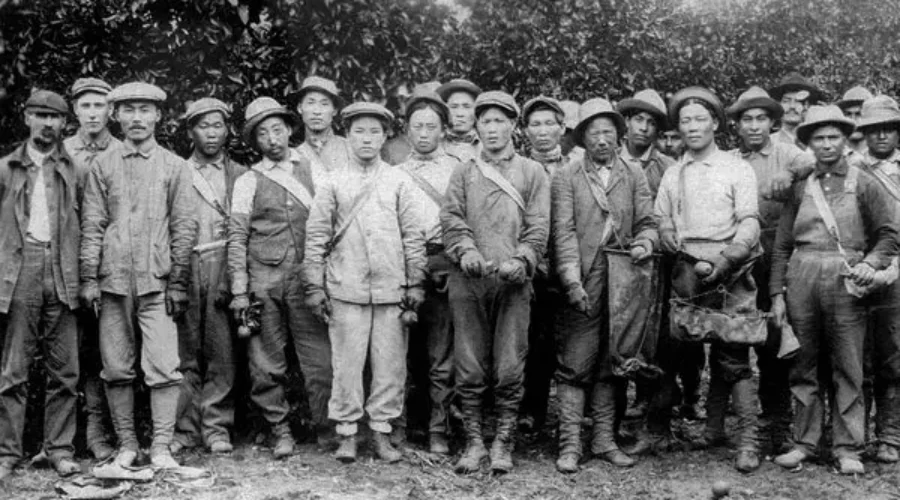Pachappa Camp
Establishment and Location
Pachappa Camp was established around 1905 in Riverside, California, as the first Korean settlement in the United States. It was founded by Ahn Chang-ho (Dosan) after he moved to Riverside in March 1904.
Historical Significance
Pachappa Camp holds several important distinctions:
- It is recognized as the first Koreatown on the U.S. mainland.
- It served as a crucial base for the Korean independence movement.
- It supported Korean immigrants in maintaining their identity and achieving self-reliance.
Community Life
The characteristics of Pachappa Camp include:
- It housed up to about 300 Koreans at its peak.
- It was a family-centered community, with women and children living alongside men.
- The Korean Labor Bureau provided employment opportunities for residents.
- Various community activities took place, including church services, language and culture classes, and weddings.
Self-Governance and Democratic Experiment
- Often referred to as “Dosan’s Republic,” it served as a site for democratic self-governance experiments.
- The community had elected officials, taxation, separation of powers, and a police force.
- These experiences are considered to have laid the foundation for later Korean democracy.
Decline and Legacy
- The population began to decline after a severe frost damaged citrus crops in 1913.
- The community disbanded around 1918.
- On March 23, 2017, the City of Riverside designated the Pachappa Camp site as a “Point of Cultural Interest”.
Pachappa Camp played a significant role in the history of Korean immigration to the United States and the Korean independence movement. It served as a starting point for the Korean diaspora and contributed greatly to the formation and development of Korean-American society.

